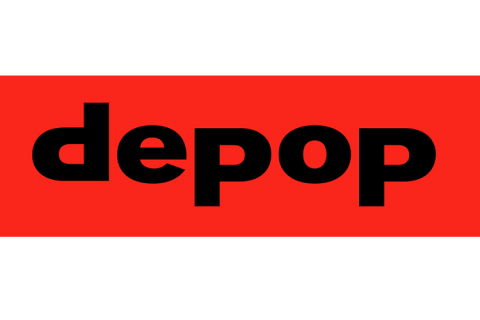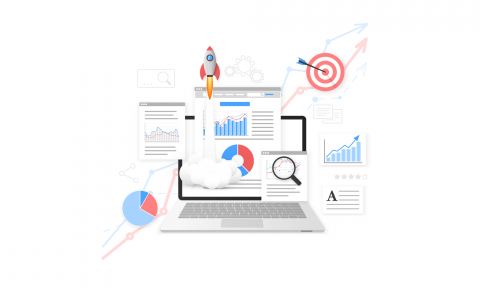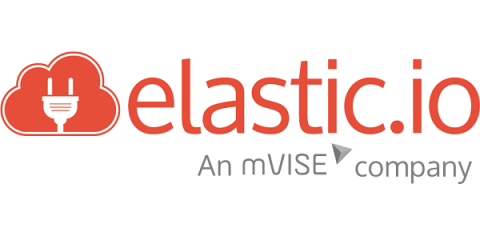The Gendarmerie Nationale uses data to strengthen French national security
In 2010, the Union of European Football Associations (UEFA) named France the 2016 host of the European Championship. Paris was also set to host the UN Climate Change Conference, COP 21, in late 2015, another major international event with high-stake security issues. How to make sure dangerous individuals would not have access to very sensitive areas?









